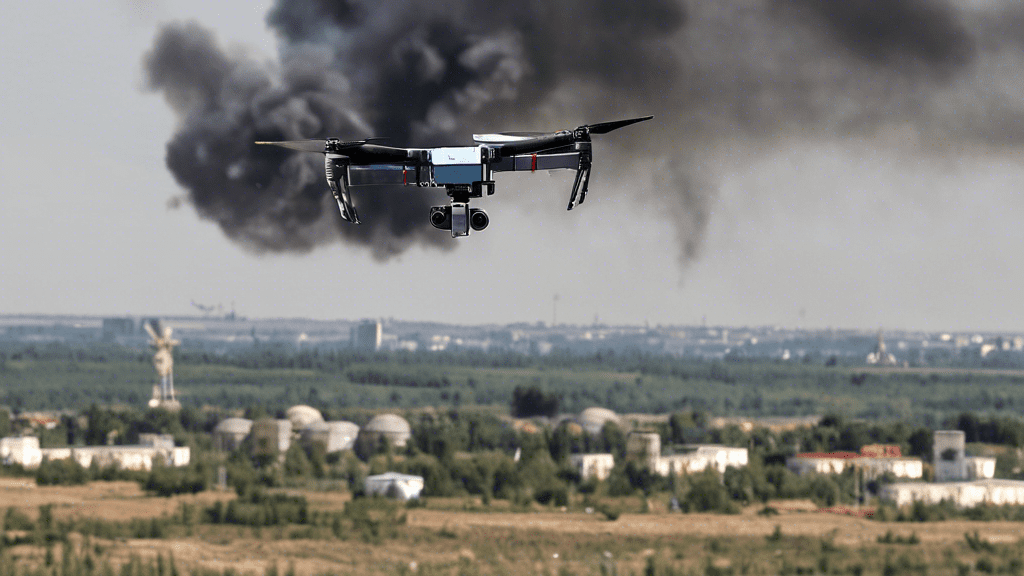Ukrainian Drone Attacks on Russian Targets
On October 20, 2024, the conflict between Ukraine and Russia took a significant turn as Ukrainian forces executed drone strikes on critical locations within Russia. Among the key targets were the Lipetsk-2 Air Base and the Sverdlov explosives factory in Dzerzhinsk. The Ukrainian military zeroed in on important military assets like ammunition depots, fuel storage facilities, and even aircraft stationed at these sites.
In response to these drone strikes, Russian air defenses were bustling, reportedly intercepting around 110 Ukrainian drones across seven western regions of Russia. Most of these interceptions were concentrated in the Kursk region, which accounted for a whopping 43 drones shot down. Yet, despite the defenses in place, some drones still managed to create chaos, sparking fires and causing damage in municipalities like Lipetsk and Dzerzhinsk, where a drone triggered a significant blaze at a military airfield.
While the impact may have been contained to some extent, the situation left its mark. In Dzerzhinsk, there were minor casualties as four firefighters suffered shrapnel injuries battling the aftermath of a drone strike in an industrial zone. It’s these incidents that highlight the high stakes of the ongoing exchanges and the heightened risks for civilians and emergency response teams alike.
Russia Strikes Back: Missile and Drone Attacks on Ukraine
As the Ukrainian drones were buzzing over Russian skies, Russia retaliated with increased intensity. A barrage of drone and missile strikes targeted several cities within Ukraine, including the hard-hit Kryvyi Rih. In this attack, two ballistic missiles led to injuries for 17 people, alongside extensive damage to both residential and commercial properties. It’s increasingly evident that both nations are engaged in a sort of aerial chess game, always looking for that next move.
The scale of the Russian response was no small feat, as they unleashed 49 drones alongside two Iskander-M ballistic missiles. Ukrainian air defense managed to intercept 31 of these drones, but the electronic warfare measures led to 13 drones simply vanishing from radar. This makes one wonder just how sophisticated both countries’ approaches to drone warfare are becoming.
In addition to the immediate damage, Russia sent shockwaves through the energy sector by targeting facilities in the northeastern Sumy region, which led to a blackout affecting over 37,000 consumers. As both sides ramp up their aerial attacks, Ukrainian President Volodymyr Zelenskyy called for stronger air support from international allies, denouncing the Russian strikes as acts of terror against civilian populations.
These escalations remind us of the ongoing struggles and strategies in the Ukraine-Russia conflict, particularly with winter looming ahead, inevitably adding pressure to an already strained energy grid in Ukraine. The exchange of drone warfare is set against a backdrop of a significant conflict, as both nations relentlessly vie for control and leverage over critical infrastructure. Only time will tell how this complex situation will unfold.
